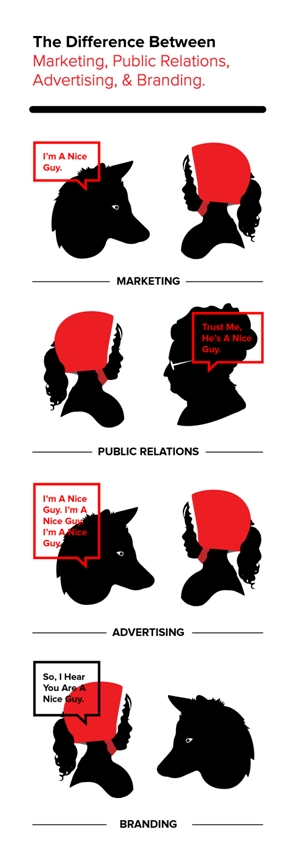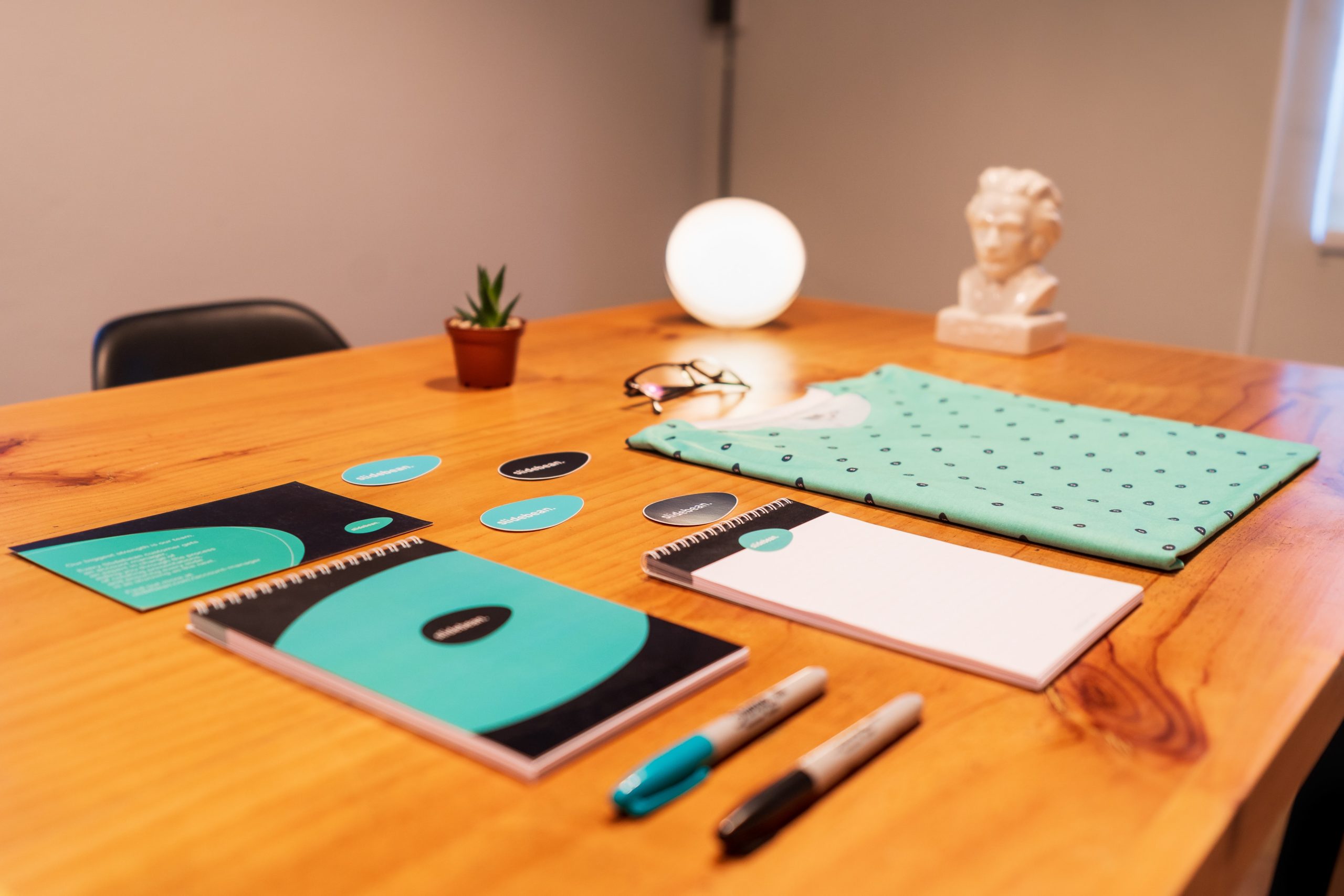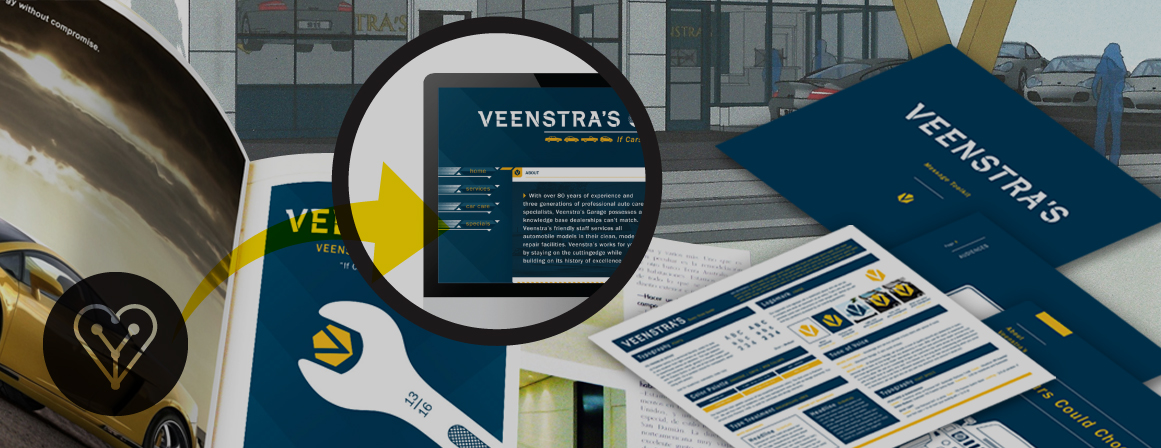Your brand is doing incredibly well, and your design is extremely successful. But most people don’t know the difference between the two. Aren’t they just different names for the same thing?
Actually, they’re not. Your brand encompasses the essence of your company, while your design is its visual representation. It might be easier to let someone who isn’t on the marketing team use “brand” and “design” interchangeably, but ultimately you’re setting yourself up for confusion in the long run.
In this article, Joshua discusses the difference between brand and design, and explains why using these terms incorrectly can be detrimental to your success.
To be successful, brands have to be trusted. Designs are simply the vehicle brands use to build that trust. For example, I don’t trust the Coca-Cola logo on the can, but I do trust the Coca-Cola brand to give me the same cola flavor every time I grab a can.
I believe there’s something more behind the great package design. I feel that way because Coca-Cola has told me there is a consistent quality through all of its marketing efforts.
While it may be easier to let someone who’s not on the marketing team use the two terms interchangeably, it can cause major confusion in the long run.
So for the repeat offenders out there — you know who you are — let’s clear up the difference between design and branding once and for all.
Branding — what’s design got to do with it?
Every employee probably understands that “design” is the visual representation of a product or company. It’s composed of shapes and colors, which make it tangible. Marketing materials such as logo designs, brochures, websites, and signage, along with company uniforms, stationery, and office spaces all involve design. A company’s products are designed, too.
A brand is intangible. Because you can’t see or touch it, non-creatives often have difficulty wrapping their heads around the idea. A “brand” is the sum of how people perceive your company. That includes your reputation, image, and positioning. It encompasses all the things people associate with you (good and bad) — their impressions, emotions toward your company, and expectations. Branding includes your company’s values and personality, and it’s the main message you use to express your mission.
Design serves the brand. Without design, it’s impossible to build a brand on a substantial scale. Visuals are a communication shortcut for conveying your brand. Colors conjure emotions. Shapes have cultural and social associations that can instantly define an aspect of your brand. The same goes for typefaces, which can make your company appear youthful, established, formal, or easygoing.
A good design will express important features of your branding with a single glance — no clunky explanations required.
Design can be so strongly tied to a company’s brand that changing it will incite strong reactions from your market. When Gap changed its logo, consumers revolted because they found the new logo boring. People often think “logo” when they hear the word “branding,” and this mix-up can provoke negative feelings toward the business itself.
To minimize confusion and ensure your design complements your brand, employ these three key techniques:
1. Use the correct terminology
From now on, say “branding” when you mean “branding” and “design” when you mean “design.” Whatever you do, don’t use the two interchangeably. You can start by renaming your “branding guidelines” as “style guidelines.” When you consistently use the correct terms, employees will follow suit.
2. Be transparent
Explicitly state your desired brand image, and share it with all employees. Ask yourself what you want to be known for. If you haven’t figured that out yet, now is a great time for a branding retreat. Once you’ve pinned down your desired brand image, make sure every employee can recite it by heart.
3. Look at design through a branding lens
If you don’t understand what a brand truly is, you will look at everything through a design-only lens and end up with a distorted message.
As soon as you know what brand you want to build, look at every aspect of design through a brand lens, and ask yourself, “Does this communicate the message I want to convey?” Every design decision — from the typeface to the color palette to the photo choices — must support your brand image.
Even if you understand the difference between branding and design, you still need to communicate the difference to your team members. Only then can your branding and design truly join forces.
To help break down the various approaches of marketing, public relations, advertising, and branding to your audience and team, consider this:
How do you convey the difference between branding and design to non-marketing employees?



